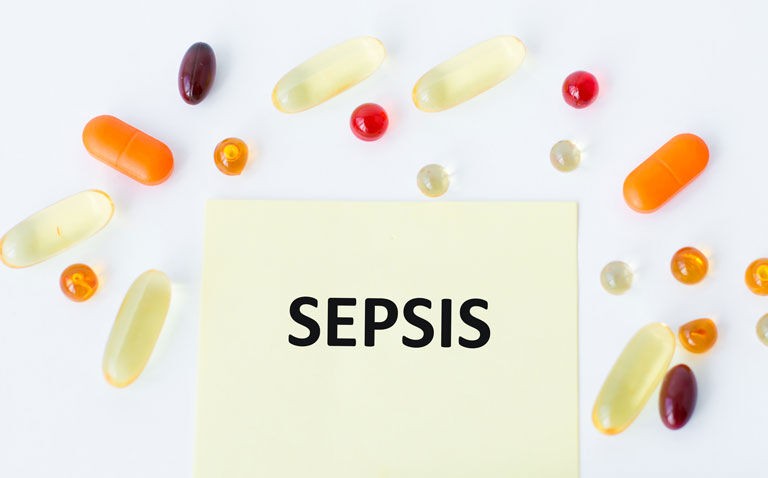Higher cystatin C levels and kidney function derived measures upon ICU admission are associated with increased 90-day mortality in sepsis
Cystatin C (CC) is a serine protease inhibitor that can be used as a marker of glomerular filtration rate (GFR). In fact, there is a suggestion that measurement of cystatin C should be used for the initial prediction of GFR of a patient and among critically ill patients, serum CC levels significantly outperforms serum creatinine for the detection of an impaired GFR. Moreover, other work has shown that CC-based estimates of GFR in both the elderly and ethnically diverse populations in comparison to serum creatinine, was a better predictor of all-cause mortality. While GFR derived estimates from either CC or creatinine generally agree, a decrease in the CC estimate compared to that of creatinine has been suggested to be due to what has been described as shrunken pore syndrome (SPS). It has since been recognised that SPS has been associated with a substantial increase in mortality or morbidity in all investigated populations.
However, whether cystatin C-based estimates of GFR and SPS are linked to a higher mortality among intensive care unit (ICU) patients with sepsis is uncertain and was the subject of the present study by Swedish researchers. The team undertook a post hoc analysis of data from the FINNAKI study which was a prospective observational study of acute kidney injury patients. For the present analysis, included patients were those with severe sepsis either upon ICU admission or which developed during the period of study. Plasma samples were used to measure both cystatin C and creatinine levels and from which GFR estimates were calculated. The primary outcome was 90-day mortality, whereas secondary outcomes were the development of acute kidney injury (AKI) between 12 and 5 days after ICU admission and renal replacement therapy. CC plasma levels estimated GFR based on CC and creatine were divided into quartiles.
Cystatin C measurements and mortality
A total of 802 patients with a mean age of 65 years (35.9% female) were included. The presence of SPS was present in 9.9% of patients when using an estimated GFRCystatin to GFRcreatinine cut-off ratio of 0.6 and 20% when the cut-off was set at 0.70. A total of 176 patients developed AKI between 12 hours and 5 days after ICU admission.
For plasma CC levels in the highest quartile, there was a positive and significant association with increased 90-day mortality compared to the lowest quartile (hazard ratio, HR = 4.15, 95% CI 2.17 – 7.91, p < 0.001). Similarly, there was a significant association with 90-day mortality for the lowest quartile of CC estimated GFR compared to the highest (HR = 4.45, 95% CI 2.28 – 8.68, p < 0.001). The association with SPS was also significant whether the cut-off was 0.6 or 0.70. In contrast, there was no significant association between 90-mortality and creatinine-based GFR estimates. Even after corticosteroid use in the treatment of septic shock, the associations for serum CC and estimated GFR remained significant although the association for SPS with a cut off of 0.6 was no longer significant (p = 0.14). When the researchers if the association between CC levels and 90-mortality were also linked to the development of AKI within 5 days, the analysis revealed how this association was maintained for the highest quartile of serum CC levels (HR = 4.09, 95% CI 2.14 – 7.80, p < 0.001), as well as CC estimated GFR and SPS.
The authors concluded that higher cystatin C levels together with a reduced CC-based estimate of GFR and the presence of SPS in patients with SPS in ICU was associated with a higher 90-day mortality and that a higher incidence of AKI does not explain this association.
Citation
Linne E et al. Cystatin C and derived measures of renal function as risk factors for mortality and acute kidney injury in sepsis – A post-hoc analysis of the FINNAKI cohort J Crit Care 2022










